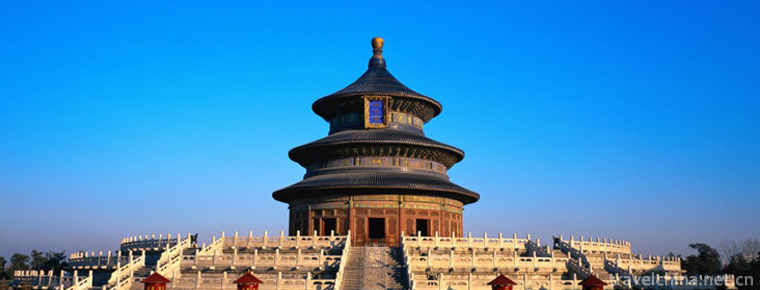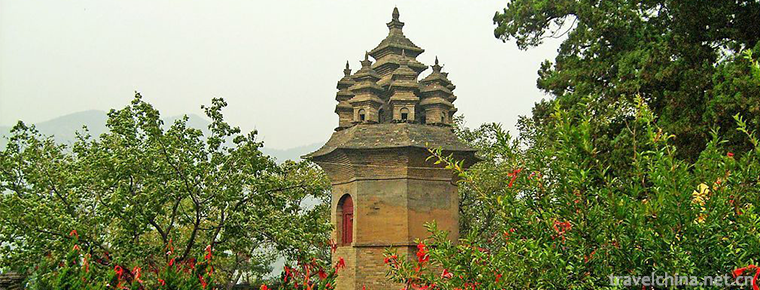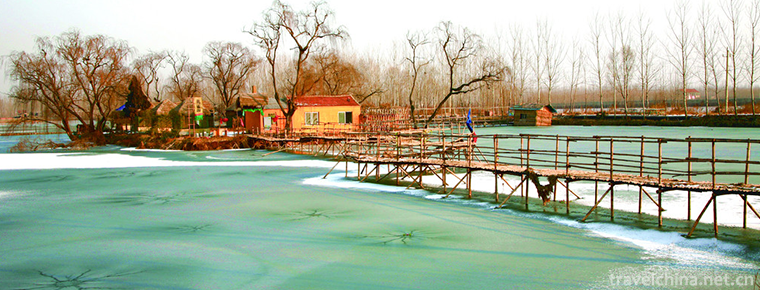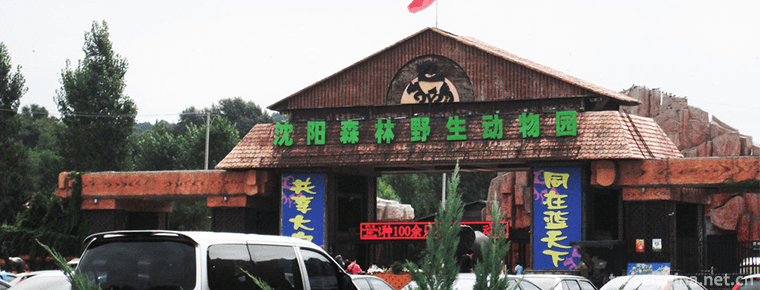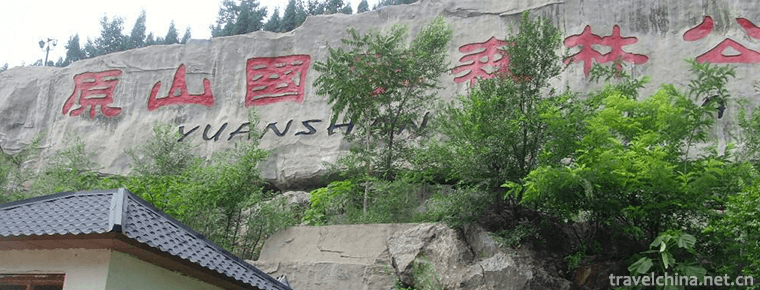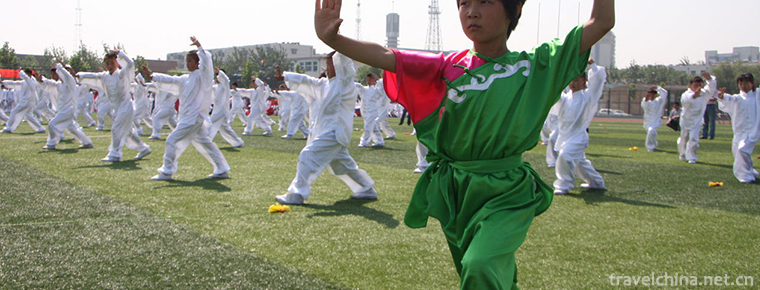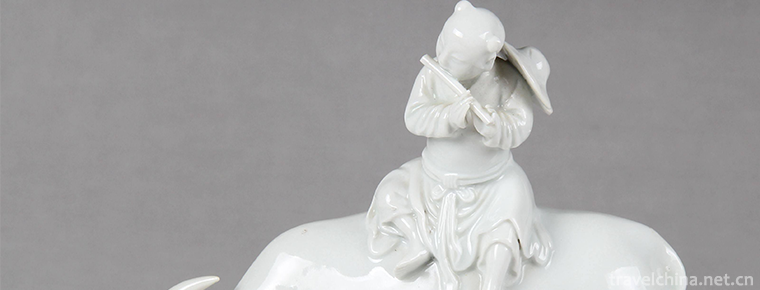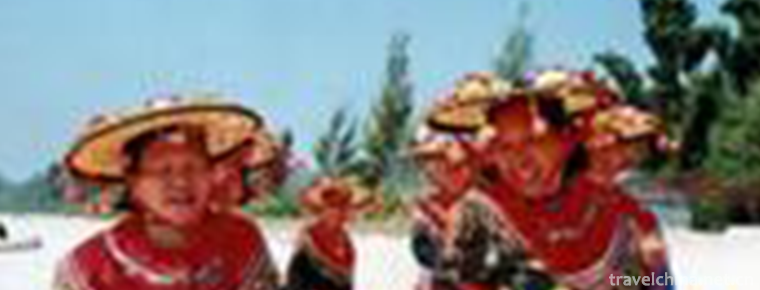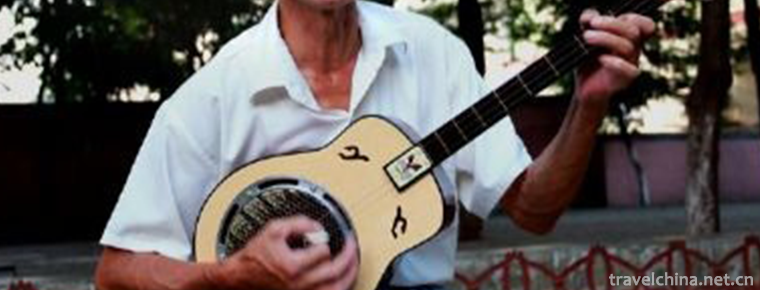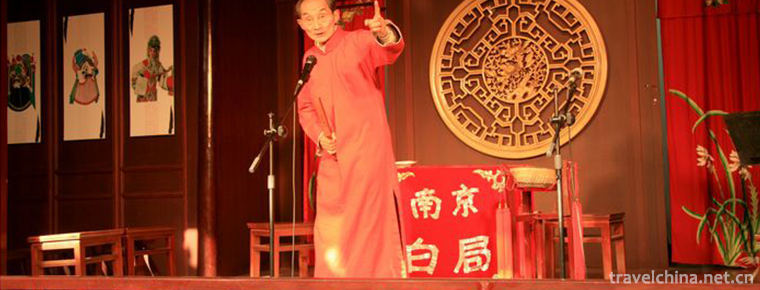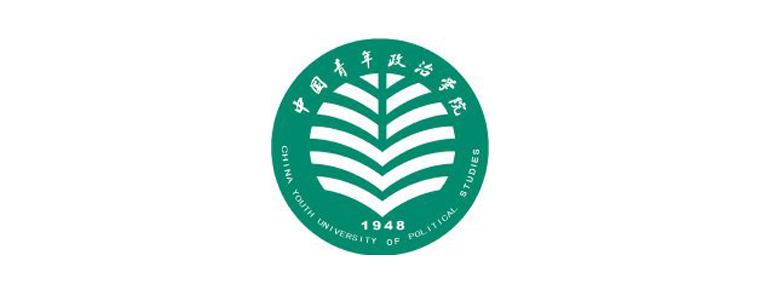Paper cut art
Paper cut art
Chinese paper-cut is a kind of folk art that uses scissors or carving knives to cut patterns on paper, to decorate life or to cooperate with other folk activities. In China, paper-cut has a broad mass base and blends into the social life of people of all nationalities. It is an important part of various folk activities. Its inherited visual image and format contain abundant cultural and historical information, express the social recognition, moral concepts, practical experience, ideal of life and aesthetic taste of the general public, and have multiple social values such as cognition, education, ideological expression, lyric, entertainment and communication.
On May 20, 2006, the paper-cut artistic heritage was approved by the State Council and listed in the first batch of national intangible cultural heritage list . At the 4th meeting of the UNESCO Intergovernmental Committee for the Protection of Intangible Cultural Heritage, held from 28 September to 2 October 2009, China's declared paper-cut project was included in the "List of Representative Works of Human Intangible Cultural Heritage" .
In December 2018, the General Office of the Ministry of Education announced that Nanjing University of Aeronautics and Astronautics is an excellent traditional cultural heritage base of Chinese paper-cut.
Historical evolution
First Tang Dynasty
The invention of paper was in the Western Han Dynasty (6th century B.C.). It was impossible for the art of paper-cutting to appear before that time. But at that time, people used thin sheet materials to create artwork by hollowing out, but it was popular as early as when paper did not appear, that is, carving, picking, carving and cutting on gold foil, leather, silk and even cutting patterns on leaves. In Historical Records, Jiatong Fengdi recorded that in the early Western Zhou Dynasty, King Zhou Chengwang cut the leaves of Wutong into "Gui" to give his younger brother the title of "Jiyu" to Tang Dynasty. During the Warring States Period, leather carving was used (one of the cultural relics unearthed from Chu Tomb No. 1 in Lingwangshan, Hubei Province), and silver foil carving (one of the cultural relics unearthed from Guwei Village, Huixian County, Henan Province) were all withdrawn with paper-cutting. Their appearance laid a certain foundation for the formation of folk paper-cutting.
In Mulan Ci of the Northern and Southern Dynasties, there were poems and sentences of "yellow mirror applique". The earliest paper-cut work in China was found in the Northern Dynasty period (386-581 A.D.) unearthed near the Flame Mountain in Turpan, Xinjiang. These pieces of paper-cut adopt the method of repeated folding and the method of non-occlusion of the image .
Tang dynasty
Paper-cut in Tang Dynasty has been in a period of great development. Du Fu's poem "Peng Yaxing" contains the sentence "Warm soup, warm feet, and bent paper invites my soul". The custom of inviting soul by paper-cut has spread among the people at that time. Paper-cut in the Tang Dynasty, which is now hidden in the British Museum, can be seen that the artistic level of paper-cut handicraft at that time was extremely high, and the picture composition was complete, expressing an ideal realm of heaven and earth . In Tang Dynasty, the pattern of carved wood has the characteristics of paper-cut. For example, the pattern of sheep in Zhengcang Yard of Japan is a typical artistic expression of paper-cut. In the Tang Dynasty, there were also leak-out printing boards made by paper-cut. People carved the printing boards with heavy paper and printed the dyes on the cloth to form a beautiful pattern . In addition, paper-cut from Tang Dynasty and Five Dynasties has been unearthed in Mogao Grottoes in Dunhuang, such as Shuanglu Pagoda, Qun Pagoda and Deer Pagoda and Buddha Pagoda, which belong to the category of "merit and virtue flower paper", mainly used for worship of Buddha statues, decoration of palaces and temples. Its picture composition is complex and has specific content. Besides, there are also hollow paper-cut in ink painting such as "Bodhisattva's statue", "Holding Bodhisattva's statue". It is a combination of paper-cut and painting .
Song dynasty
During the Southern Song Dynasty, there were artists who took paper-cutting as their profession. According to Song people's meticulous "Old Stories of Wulin", there were hundreds of "small economy" in Hangzhou at this time. Among them, there are specially "cutting pattern", some are good at cutting "Zhujia Shu Zi", and some are specially cut "various pattern" .
The paper industry of Song Dynasty was mature and there were many kinds of paper products, which provided conditions for the popularization of paper-cut. Such as "fireworks" as folk gifts, the "window flowers" pasted on the windows, or for decoration of lamps and teapots . In the Song Dynasty, the application of folk paper-cut was gradually expanded. The kiln in Jizhou, Jiangxi Province, used paper-cut as a pattern of ceramics, making the ceramics more exquisite by glazing and firing. The folk also used paper-cut as a form of sculpting figures of shadow play from animal skins such as donkeys, cattle, horses and sheep. The process of blueprint printing was carved into patterns of cardboard and scraped pulp printing. Paper-cut is the use of techniques, there are Yin and Yang carving, long line to cut, to point points points of deficiency and reality .
Ming and Qing Dynasties
In Ming and Qing dynasties, paper-cut handicraft art matured and reached its peak. Folk paper-cut handicraft art has a wider range of applications, such as decorations on folk lanterns, decorations on fans, and embroidery patterns, all of which are made of paper-cut as decoration and reprocessing. More and more Chinese people often use paper-cut as decorative household ornaments to beautify the home environment, such as doorsteps, window flowers, cabinet flowers, happy flowers, roof flowers and so on, which are used to decorate doors, windows and rooms .
Although paper-cut art came from the folk, it had become a national art by the Qing Dynasty, even the imperial relatives at that time could not do without paper-cut. Kunning Palace in Beijing Palace Museum is a candle chamber when the Qing emperor married. According to the Manchu custom, the windows of the front and back windows of the palace are pasted on the outside. The walls are pasted with paper, with black "Ge" paper-cut corner flowers pasted on the four corners, and black dragon and Phoenix paper-cut in the center of the ceiling. Paper-cutting was also pasted on the corridor walls on both sides of the palace. From the pattern, material and color of paper-cut, compared with the ceiling flowers and wall flowers of ordinary farmers, there is no difference except for the slightly larger pattern of paper-cut .
Modern times
At the beginning of the 20th century, the May 4th New Culture Movement, initiated by the advanced intellectuals Cai Yuanpei, Lu Xun, Liu Bannong and Zhou Zuoren, established the rudiment of Chinese folklore. They collect a wide range of folk literature materials, but also efforts to collect folk art works, including the folk paper-cut this item. In the 1930s, artist Chen Zhinong began the research and creation of folk paper-cut in Beijing. He sketched and silhouetted a large number of customs and customs in old Beijing, such as street vendors, workshop craftsmen, catering stalls, tea pickings, fairs and temples, and idle people.
In the 1940s, paper-cut with real life as its theme began to appear. In 1942, Mao Zedong's Speech at the Yan'an Literature and Art Symposium pointed out the literary policy of "Literature and Art Serve Workers, Peasants and Soldiers". Since then, the artists Chen Shuliang, Zhang Di, Liqun, Guyuan and Xia Feng of Yan'an Lu Art began to learn the local folk paper-cut with a deep mass foundation, collected, excavated, collated and studied the folk paper-cut, and created a large number of new paper-cut reflecting the production, life and battle of the people in the border areas. The works use the traditional folk style to describe the new contents of the Anti-Japanese War and the construction of border areas. It promoted the creation and development of mass paper-cut, and revolutionized the traditional folk paper-cut. In 1944, in the Shaanxi-Gansu-Ningxia Border Region, the folk New paper-cut works in Northwest China were exhibited for the first time, which opened the prelude to the development of paper-cut art after the founding of New China. It can be said that the paper-cut in Yan'an ushered in a new era of Chinese paper-cut.
After the founding of New China, under the guidance of the literary and artistic policy of "letting a hundred flowers blossom, weeding out the old and bringing forth the new", artists created a large number of new paper-cuts to show the new things of new socialist people, which opened up the way of paper-cut creation and enriched the form and content of Chinese folk decorative arts. In the creation of new paper-cut, besides presenting the new atmosphere of all walks of life, children, sports, acrobatics, singing and dancing have become the most common theme of paper-cut.
Since the birth of paper-cut art, there has been no interruption in Chinese history. It enriches all kinds of folk activities and is one of the artistic forms with the richest connotation of Chinese folk history and culture.
Content meaning
Folk paper-cut is good at combining many kinds of objects and images, and producing ideal results. Whether using one or more image combinations, they are all modeled by "imagery implied" and "imagery constructed", rather than by objective natural forms. At the same time, they are good at creating many mascots by means of Bixing, and combining conventionalized images to express their psychology. The pursuit of auspicious metaphor has become one of the ultimate purposes of image combination. Regional closure and cultural limitations, as well as the intrusion of natural disasters and other adversities, have stimulated people's desire for a happy life. People pray for plenty of food, clothing, prosperity, health and longevity, and everything goes well. This simple wish is conveyed through paper-cut.
The folk paper-cut "Deer and Crane in the Spring" is a traditional theme pattern. According to records, cranes are called "Xuanbi", and Xuanbi is the general name of "migratory birds". In folk culture, deer is called "waiting beast" and crane is called "migrating bird". Deer and crane are symbols of spring and life. The folk deer and the Lu are homonymous, and the crane is regarded as a long-lived bird, so the deer and the crane together have the meaning of happiness and longevity. In the case of relatively low productivity of civil society, human labor has become the guarantee of survival, and getting rid of the suffering of illness and death is the eternal ideal of people. Folk paper-cut expresses the desire for life in various forms, protects life, praises life, expresses the joy of life, and the worship of life becomes people's pious belief. "Eagle Stepping on Rabbit" is one of the popular flowers in the folk cave houses, and it is also a traditional pattern, which is widely spread among the people. Eagles refer to Yang, just like chickens, birds and crows. In folk deification, the sun is called "three-legged bird" and the sun is called "crow". Rabbit implies "Yin" folk called the month rabbit. Hawk stepping on rabbit is a metaphor of love between men and women, which reflects the theme of reproductive worship. In folk paper-cut, the common flowers of sitting tents and liking flowers express their worship and pursuit of life reproduction in a metaphorical way. Paper-cut works with the themes of "Button Bowl", "Button Button Doll", "Fish Stirred Lotus" are everywhere.
There are many pictures reflecting production and life in folk paper-cut. The greatest similarity of these works is that they exaggerate the main body, such as big fish, big pepper, big silkworm, big grain, etc. Through paper-cut, people create a good image; to comfort their souls, to publicize the great creativity of conquering nature, in order to establish their own rationale. Think about the world and affirm the strength of people, inspire people to continue to struggle courage .

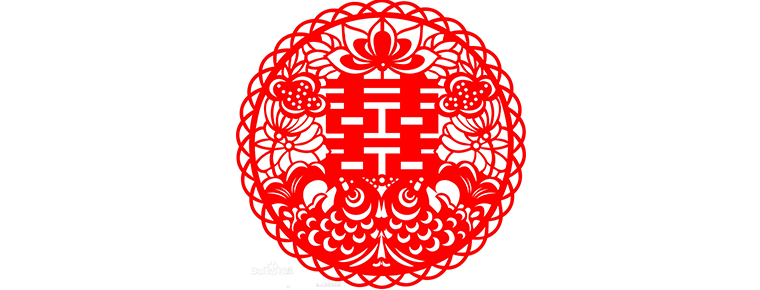
Paper cut art
-
Tiantan Park
No. 1 donglijia, Tiantan, Dongcheng District, Beijing, China
Views: 451 Time 2018-10-02 -
Nine Towers Chinese Folk Happy Garden
Jiudingta Chinese Folk Happy Garden is a large-scale original ecological and cultural tourist area which integrates Chinese national customs, scenic spots, waterfalls, recreational exploration
Views: 142 Time 2018-12-22 -
Jining Beihu Tourist Resort
Jining is the world-famous town of Confucius and Mencius and the capital of the canal. Located 6 kilometers south of Jining City, Shandong Province, Beihu Lake is a new tourist attraction in Shandong
Views: 228 Time 2019-01-21 -
Shenyang Forest Wildlife Park
Shenyang Forest Zoo is a state-level forest wildlife park approved by the State Forestry Administration and the Ministry of Construction. Located in the Chebanshan International Scenic Tourism Develop
Views: 122 Time 2019-02-08 -
Yuanshan National Forest Park
Yuanshan National Forest Park is located in the southwest of Boshan District, Zibo City, Shandong Province. It was established in 1992 with the approval of the Ministry of Forestry.
Views: 180 Time 2019-03-09 -
Cangzhou Wushu
Cangzhou people have been known for their simplicity, integrity, diligence and bravery since ancient times. Because of the relationship between geography and historical conditions
Views: 175 Time 2019-04-04 -
Sintering Techniques of Dehua Porcelain
Dehua ceramic firing technology is a traditional handicraft in Dehua, Fujian Province. Dehua ceramic production began in the Neolithic Age, flourished in the Tang and Song Dynasties
Views: 178 Time 2019-04-26 -
Huidong Fishing Song
Huidong Fishing Song is one of the traditional folk arts in Guangdong Province. From the Song Dynasty, fishing songs in the shallow sea of Huidong were introduced from the coast of Fujian Province.
Views: 219 Time 2019-05-05 -
Hakka ancient prose
As early as the late Ming Dynasty and early Qing Dynasty, Hakka ancient prose had been formed, mainly distributed in Gongjiang Town, Xinpi Township, Kuanta Township, Zishan Town,
Views: 179 Time 2019-05-09 -
Nanjing White Bureau
Nanjing Baiju is an ancient type of music in Nanjing area. The "Nanjing tune" in the Yuanqu brand is the original tune of Baiju's ancient tune. It has a history of more than 700 years. It wa
Views: 136 Time 2019-06-07 -
China Youth University of Political Studies
China Youth University for Political Science (China Youth University of Political Studies) is located in Beijing. It is the state-level "Communist Youth League Central Research Center for the the
Views: 120 Time 2019-12-25 -
Wenshu Temple
Wenshu Temple is located in Qingyang District of Chengdu City. It was founded in the Daye period of Sui Dynasty (605-617). In 1697, the 36th year of Kangxi raised funds to rebuild the temple, which was renamed Wenshu courtyard.
Views: 316 Time 2020-10-18
